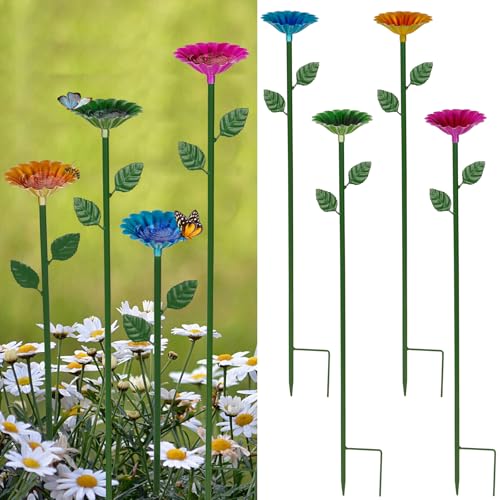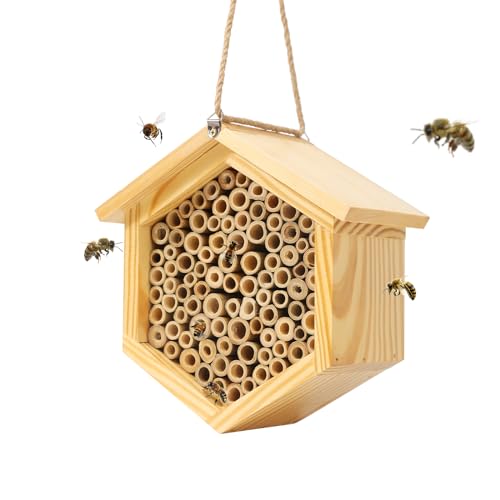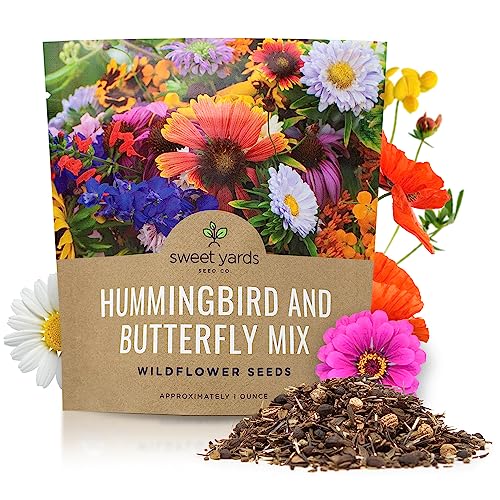Painting your fence one of these colors will instantly bring more pollinators to your yard, according to a gardening expert
Who knew the color of your fence could have such a big impact on the number of pollinators in your yard?
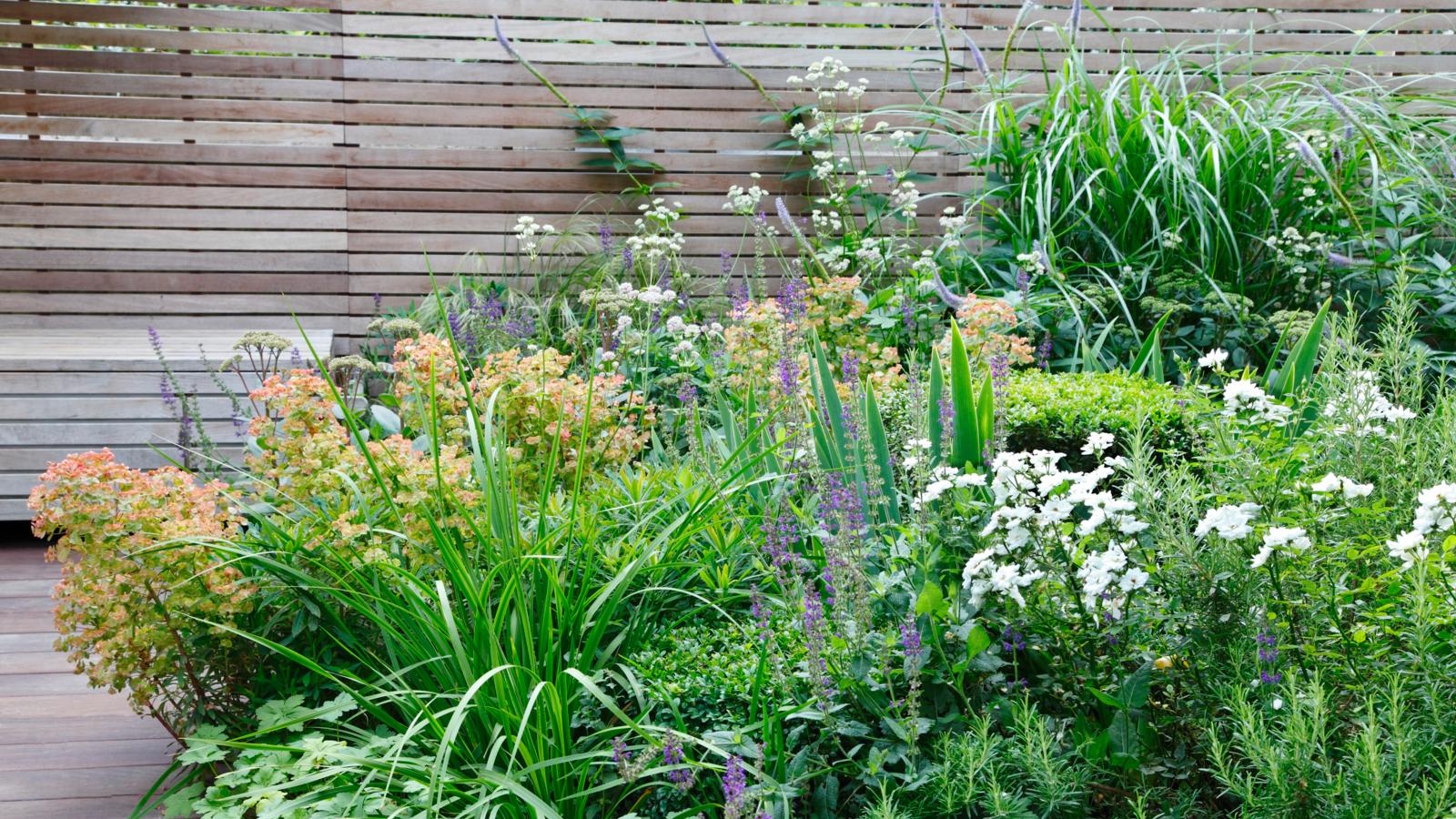
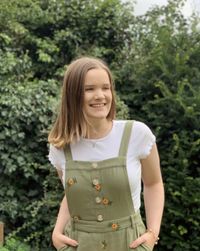
If you've tried and tested a range of methods to bring pollinators to your yard but are still struggling to spot a flurry of bees and butterflies, there's one more trick you can try: painting your fence a certain color that pollinators adore.
It's true that you can use color to attract bees to your yard, alongside butterflies, ladybugs, and other beneficial insects. In fact, the colors of plants for pollinators is often what brings them to plants. By replicating these colors on your fence, a gardening expert says you can bring more pollinators to your yard instantly.
But, which are the best fence colors for pollinators? Here, we explore all the best hues to choose if you want to use this garden feature to enhance your pollinator-friendly garden.
What fence colors are pollinators attracted to?
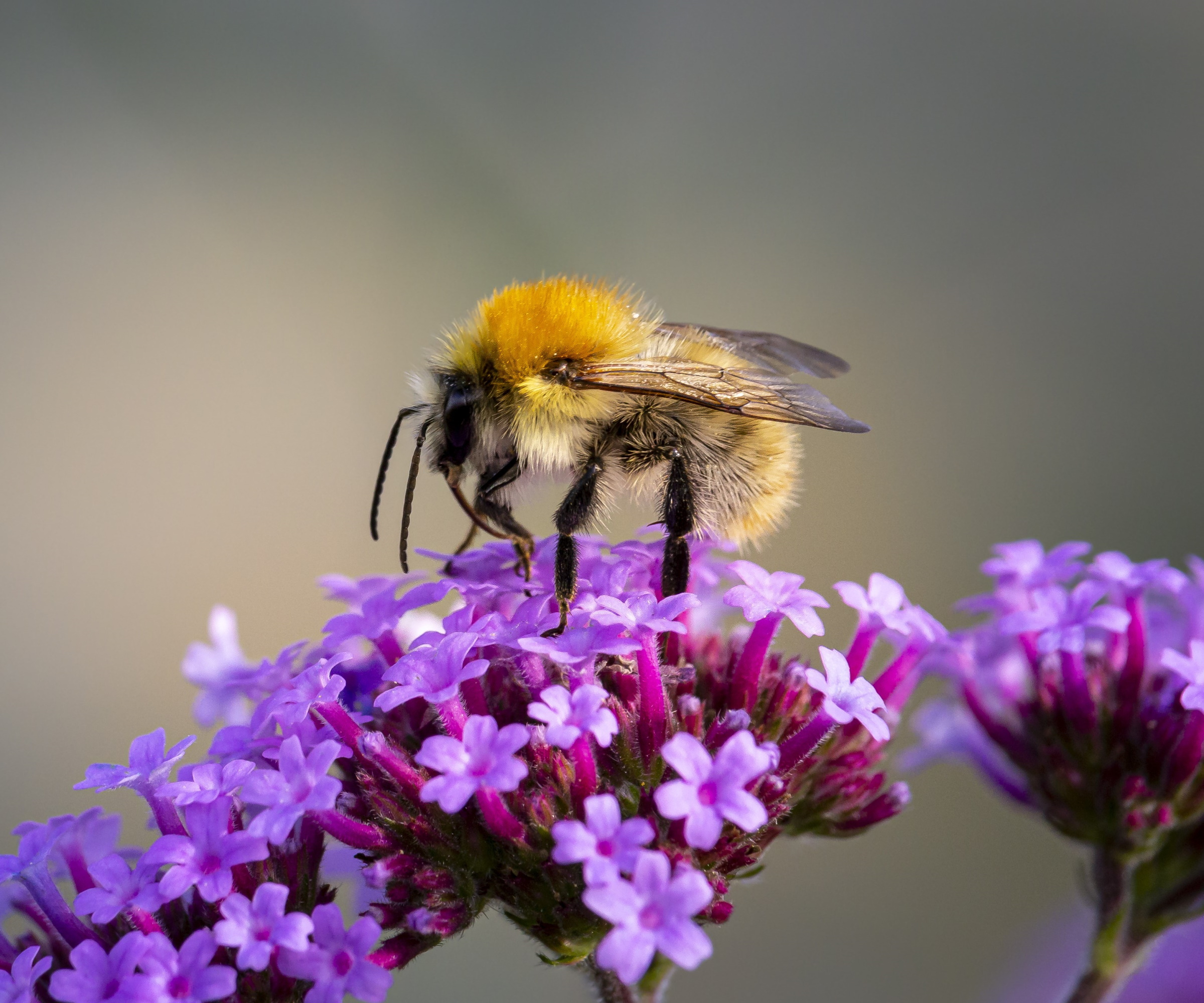
'Pollinators in general are attracted to colors that represent blooms which provide them with nectar and pollen,' says David M. Burrows from pollinator project company, Arkearth. 'Typically, those colors are pink, purple, blue, yellow, and red.'
It's no surprise that it's the brighter colors and those found in nature that will capture the attention of pollinators. Although, not all pollinators are attracted to all of the same colors in the same way.
'Different pollinating species seem to prefer some colors over others. Butterflies have preferences for red, while some bees have that color last on their list, and wasps may even see red as a predator,' David explains.
The best thing to do when thinking about choosing fence colors for pollinators is to consider how your garden for pollinators looks.
Design expertise in your inbox – from inspiring decorating ideas and beautiful celebrity homes to practical gardening advice and shopping round-ups.
If you have a particular flower attracting lots of butterflies (such as the purple butterfly bush), then consider painting your fence the same color.
And when it comes to painting your fence, don't forget to use outdoor fence paints to ensure it's weather-proof and will last. You can shop exterior paint at The Home Depot online.
Using neutral fence colors to attract pollinators
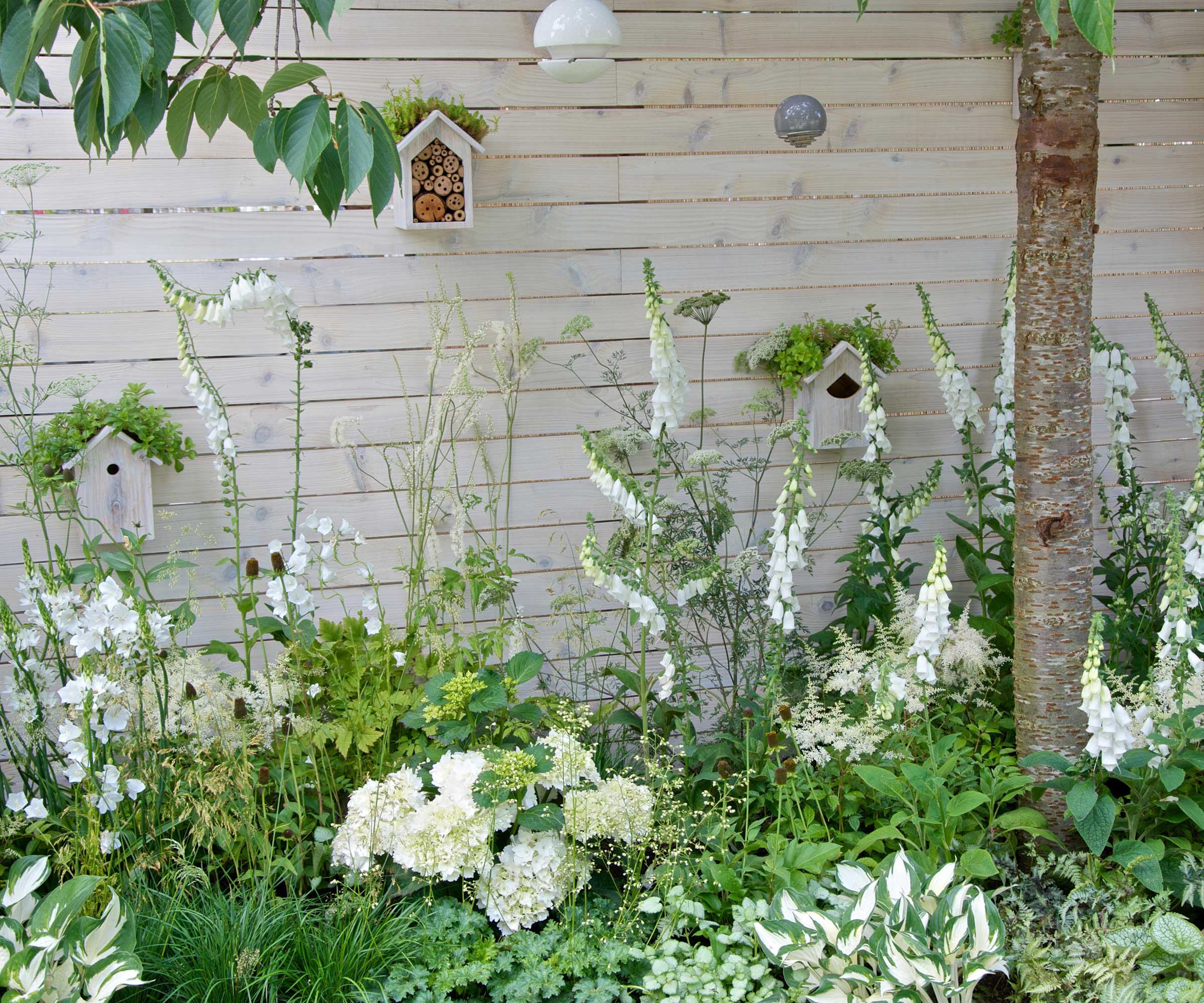
If the brighter colors of blue, yellow, or red don't quite fit your garden color scheme, you can actually use more neutral tones to help bring pollinators to your yard:
'Lighter colors, like pale yellow, white, gray, or light blue, allow your garden to showcase the color blooms against the lighter background, making it easier for pollinators to locate access flowers,' David explains.
Consider using a cream paint color (like this cream fence paint from Amazon) as a backdrop to your pollinator border, full of bright annuals such as zinnias and sunflowers, for example.
'This often makes white or light pine colors the best to use in a pollinator garden,' David says.
'These colors are neutral to most all pollinators, they reflect heat and stay cool in summer months, and they provide the perfect backdrop to visually accentuate seasonal plants and flowers,' he adds.

David M Burrows has 25+ years in start-ups for B2B and B2C concepts and he launched his latest in 2021 with his wife Margaret. Hivessence is an organic, sustainable honey-infused selfcare brand that works to save bees and other pollinators via Pollination Accelerator projects deployed by their non-profit Arkearth. It aims to save honeybees, butterflies, hummingbirds, moths, bats, and other pollinating species via a series of sustainable projects.
Which fence colors should you avoid?

At the same time as there being fence colors for attracting pollinators, David notes there are also colors that will send pollinators away from your yard.
'Colors to be avoided include anything dark such as black, dark gray, dark brown, or deep red. These colors can resemble predator colors in the wild,' he explains. 'Bears, raccoons, skunks, and rodents all love honey and bees instinctively react to the colors common with those animals.
'Painting your fence black or some other dark shade can also make the surface hot in summer months and injure pollinators from excessive heat,' David adds.
Of course, if you are set on having a darker fence color, you can use other methods to attract pollinators. For example, you can install a bee house (this one from Amazon is bright yellow to attract pollinators), and grow plenty of native plants in your yard.
FAQs
Can container colors attract pollinators?
Yes, it is possible for container colors to attract pollinators. In particular, colors like yellow, pink, and blue, all reminiscent of the nectar-rich blooms that pollinators are attracted to.
At the same time, opting for more neutral tones, like terracotta pots, can accentuate the colors of the blooms growing in your containers, making it easier for pollinators to find.
There's lots to consider when you want to maximize your garden and turn it into a wildlife haven.
Alongside fence colors for pollinators and nectar-rich blooms, you should also think about the worst plants for pollinators to avoid. Having these plants in your yard might discourage pollinator presence.
Shop pollinator gardening accessories
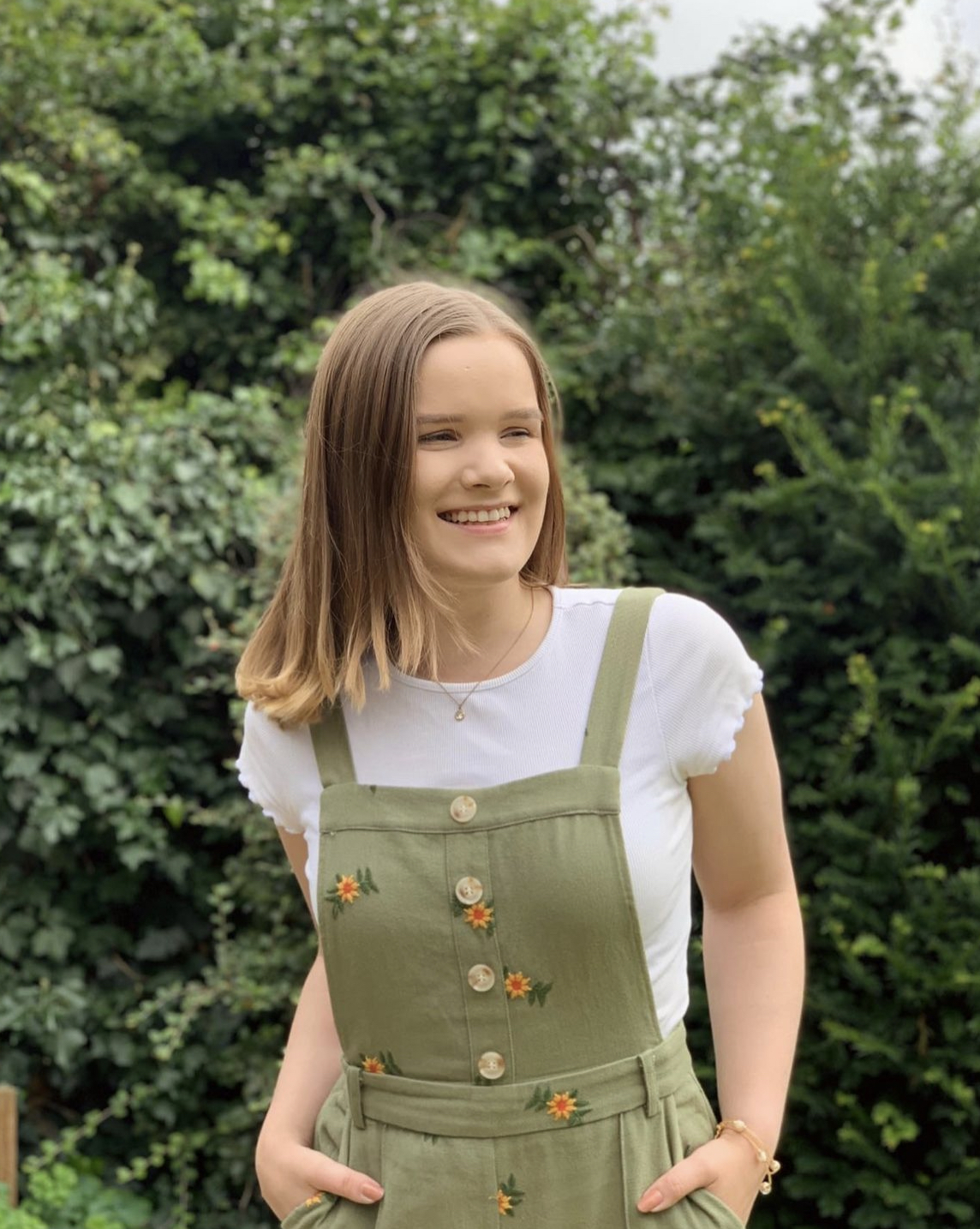
Tenielle is a Gardens Content Editor at Homes & Gardens. She holds a qualification in MA Magazine Journalism and has over six years of journalistic experience. Before coming to Homes & Gardens, Tenielle was in the editorial department at the Royal Horticultural Society and worked on The Garden magazine. As our in-house houseplant expert, Tenielle writes on a range of solutions to houseplant problems, as well as other 'how to' guides, inspiring garden projects, and the latest gardening news. When she isn't writing, Tenielle can be found propagating her ever-growing collection of indoor plants, helping others overcome common houseplant pests and diseases, volunteering at a local gardening club, and attending gardening workshops, like a composting masterclass.
You must confirm your public display name before commenting
Please logout and then login again, you will then be prompted to enter your display name.
